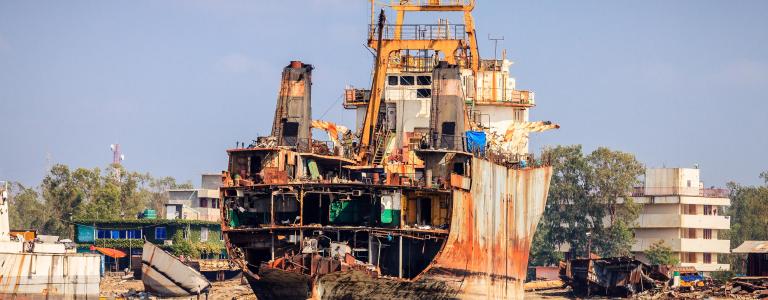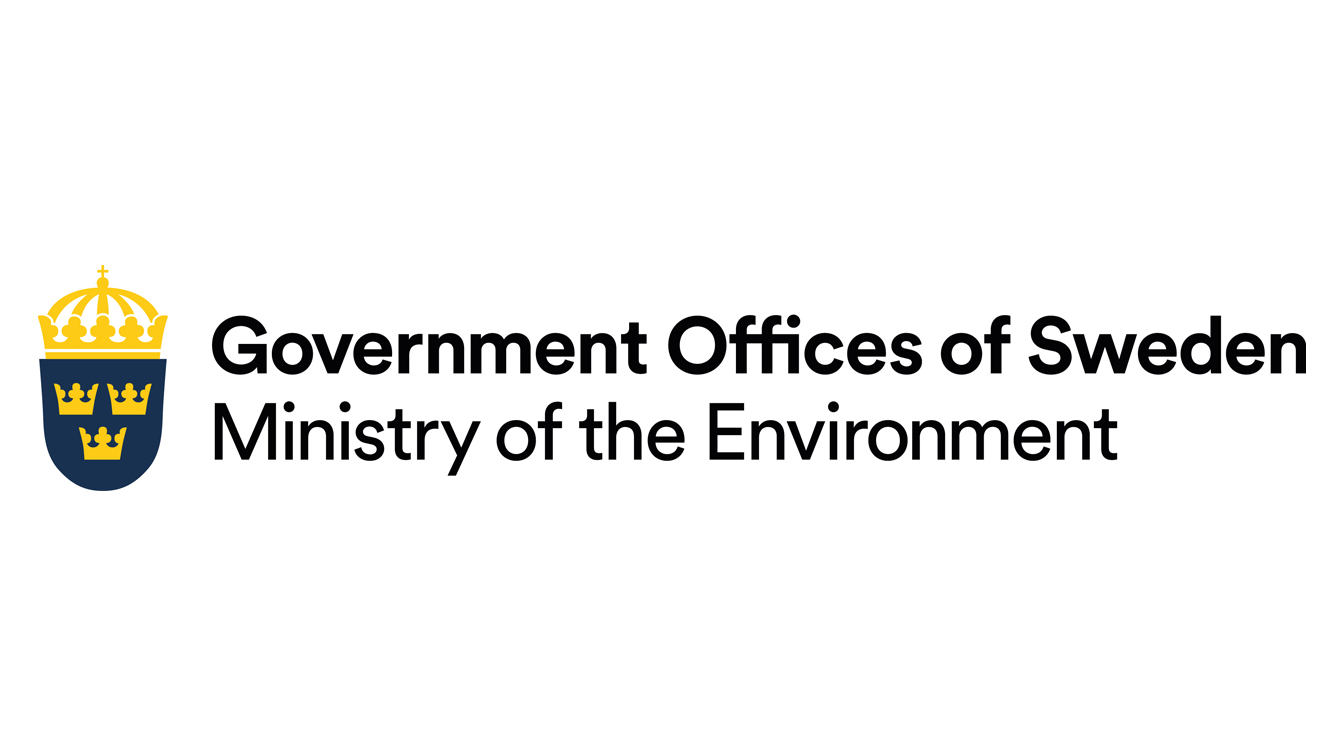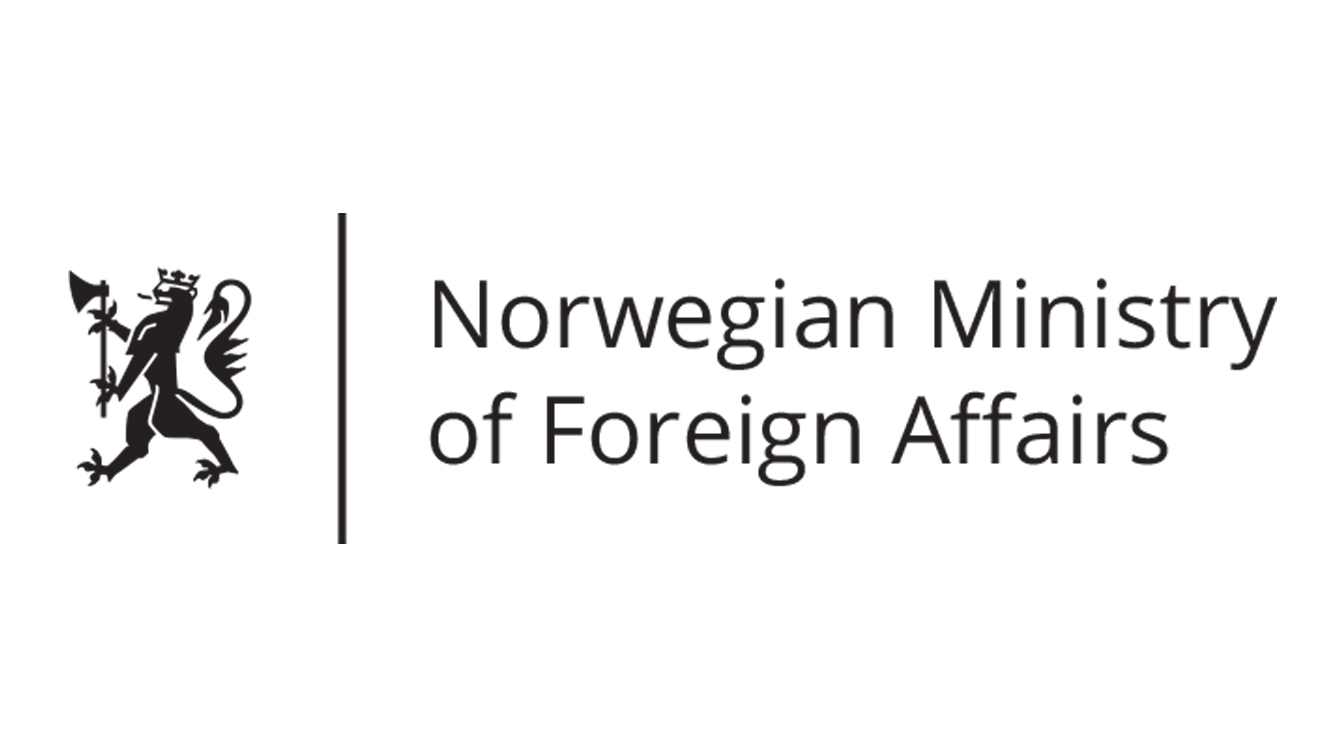How to Regulate Our Waste-Full World
Still Only One Earth: Lessons from 50 years of UN sustainable development policy
There is a long history of dumping hazardous wastes in the seas, on land, and in developing countries; management efforts only started in the 1970s. Proactive management that scans the horizon for new hazardous waste streams has often been missing and is necessary to protect human health and the environment. Going forward, the legitimacy of global governance of hazardous wastes may rest on its ability to enable governments protect the most vulnerable. (Download PDF) (See all policy briefs) (Subscribe to ENB)
Waste is the most tangible form of pollution. At every stage of production and consumption, we create waste and throw it away, rendering it invisible from of our lives. Hazardous waste takes many forms. It includes the by-products of manufacturing or industrial processes, like toxic ash or sludge. It can be discarded commercial products, like pesticides. We produce hazardous wastes from our homes, by throwing away asbestos-laden insultation, medications, paints, and electronic waste (e-waste).
But the products we dispose of do not disappear. Much of our waste has value in its second, discarded life. Minerals and metals can be recovered and reused. Some types of waste can be recycled. In fact, there are entire industries that dispose, recover, and recycle our waste. Some of our trash can be another’s treasure.
But hazardous wastes pose serious risks to the environment and human health if not safely managed. They can pollute the air, water, soil, and wildlife. Mercury, lead, and other toxins found in some hazardous wastes can persist in our environment for years. Health impacts can include cancer, miscarriages, and birth defects, among others. These effects can and do harm communities for generations.
Dumping at sea or in developing countries relocates wastes beyond the ability of one country to regulate. Not all countries can safely manage these wastes or effectively regulate companies’ behaviour. Yet, they are often the destination for hazardous waste.
Waste was a key issue as “the environment” emerged on the international agenda in 1972. The Stockholm Conference on the Human Environment recast waste and the waste trade as a truly global issue that required cooperation from all countries. However, diplomats and activists in Stockholm could not have foreseen the changes to come. Our patterns of production and consumption have changed enormously. Technological changes, especially computers and other electronics, created entirely new waste streams, each requiring different disposal techniques and technologies.
While traditional hazardous wastes still matter greatly, there are additional challenges posed by consumer products. They are traded and discarded in a truly globalized world (O’Neill, 2019). Most of the global rules for hazardous waste relate to their globalized nature. They are traded worldwide for recycling, recovery, or disposal. Sometimes, wastes are exported and end up illegally dumped somewhere far from the original source. Post-consumer waste, especially e-waste, has reopened old questions on how to manage the global waste trade.
Making Wastes Visible
A direct legacy of the Stockholm Conference was the Convention on the Prevention of Marine Pollution by Dumping of Wastes at Sea. Negotiations for the London Convention, as it is commonly known, began in 1971, through the Stockholm Intergovernmental Working Group on Marine Pollution. However, sticky issues such as enforcement and jurisdiction proved insurmountable in the meetings held before the 1972 Stockholm Conference, leaving countries to meet again in London. The final meeting was a marathon, continuing for an extra three days past its twelve-day schedule, before the Convention was adopted (Duncan, 1973).
The Convention seeks to protect the seas from hazardous waste dumping. It prohibits dumping mercury and radioactive wastes. Companies need permission to dump other wastes at sea, which would be issued by the countries where the waste was loaded onto a ship, or by the country where the ship is registered.
States shall take all possible steps to prevent pollution of the seas by substances that are liable to create hazards to human health, to harm living resources and marine life, to damage amenities or to interfere with other legitimate uses of the sea.
Two other treaties also seek to protect marine environments from dumping hazardous wastes: the Convention for the Prevention of Marine Pollution by Dumping from Ships and Aircraft (the Oslo Convention), adopted in February 1972, and the Convention for the Prevention of Marine Pollution from Land-Based Sources (the Paris Convention), adopted in 1974. They added to the growing international interest in the problem but were limited to seas and oceans near developed countries.
Other international bodies also stepped in to address the problem of hazardous waste dumping. It was an unusual mix of organizations, from the Organisation for Economic Co-operation and Development (OECD) to the World Health Organization and even the North Atlantic Treaty Organization (NATO). Their initiatives revealed the “improvised nature” of waste management in most developed countries at the time (Borowy, 2019). The United Kingdom passed perhaps the first legislation on hazardous waste, the Deposit of Poisonous Waste Act, after cyanide waste was discovered on a site used as a children’s playground. Other European countries soon followed. US President Carter declared a national emergency in 1978 after a scandal emerged from miscarriages and severe illnesses around Love Canal, New York, the site where 22,000 tons of chemical sludge were legally dumped in the 1940s and 1950s, according to the rules of the time.
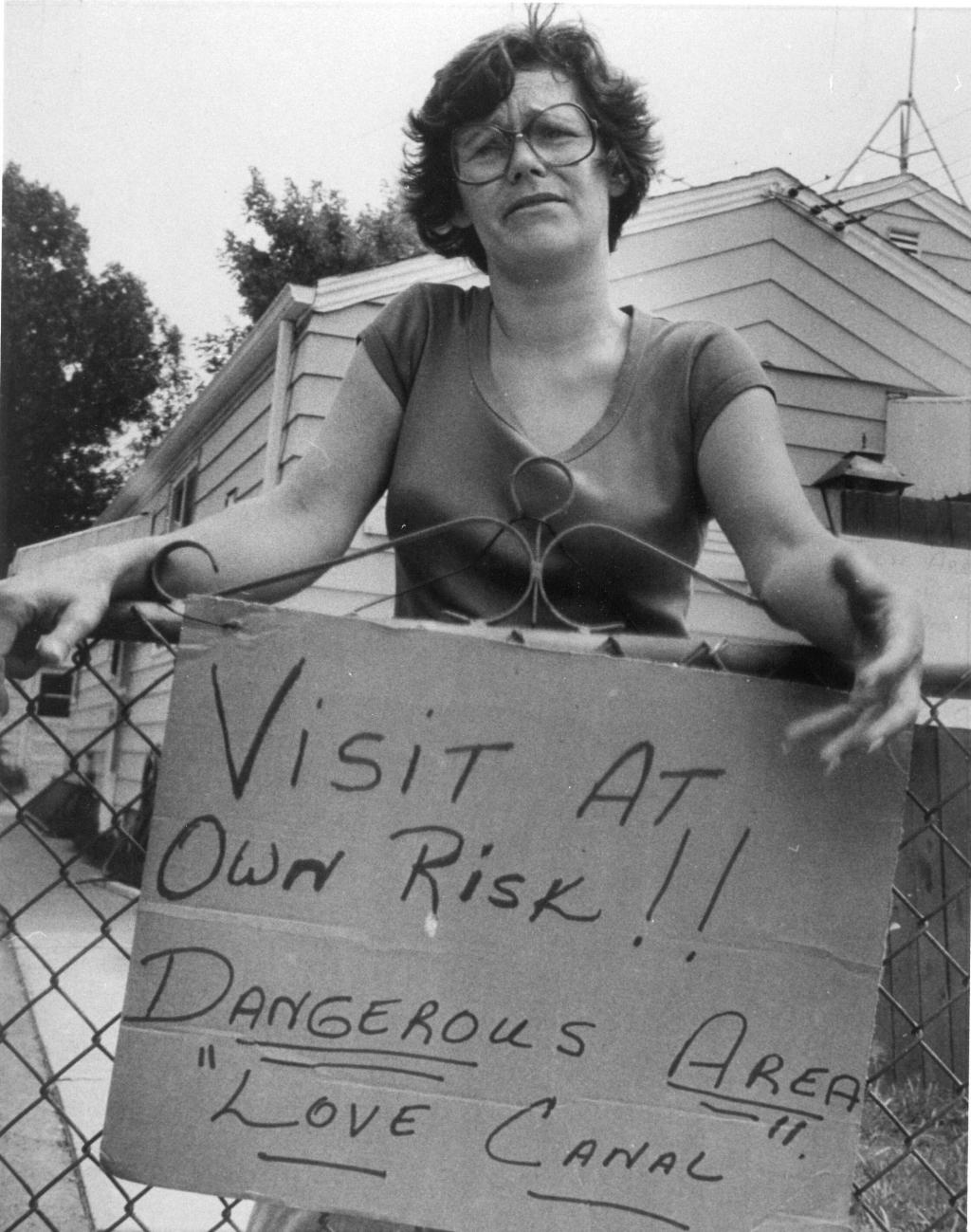
Hazardous waste management was on the global agenda, but a treaty would not emerge until further scandals provoked international moral outrage.
Seeing the Dangers of the Hazardous Waste Trade
In the 1980s, waste generators faced higher costs of legal disposal in developed countries due to tightening regulatory regimes. Global transportation was cheaper than ever. Add in the ability for ships to operate under a flag of convenience (a business practice when a ship’s owners register a merchant ship in a country other than their own), and conditions were ripe for less scrupulous waste disposal companies to make the waste disappear… by any means.
There was growing evidence of what Greenpeace labelled “toxic colonialism” or “waste colonialism” (Liboiron, 2018). New York City planned to export asbestos waste to Guatemala. A British company, Thor Chemicals, transported mercury waste from the United States and Europe to South Africa. It was incinerated near what was then a “homeland” for Blacks during the Apartheid era (O’Neill, forthcoming).
Perhaps the most egregious and most attention-grabbing case happened in the small fishing village of Koko, Nigeria. Nigerian officials uncovered a scheme by two Italian firms to store 18,000 barrels of leaking waste in exchange for USD 100 per month. Nearly one third (28%) contained polychlorinated biphenyl (PCB), a combustible chemical that could produce dioxin, a highly toxic compound. Neighbours suffered nausea, paralysis, and premature births (Buck, 2017).
“Ships of doom” roamed the ocean looking for ports to offload their toxic cargo. Some were at sea for a year or longer. In an infamous example, the Liberian-flagged Khian Sea left Philadelphia, Pennsylvania in September 1986. Several countries in the Caribbean and Africa refused the ship and its cargo—nearly 15,000 tons of toxic ash mislabelled as fertilizer. In 1988, it arrived in Singapore empty. The fate of the waste is unknown, perhaps dumped in the Atlantic or Indian Ocean or offloaded with an illegal broker (Vallette and Spalding, 1990; O’Neill forthcoming).
Given a lack of data, it was difficult to know the extent of these operations. According to the OECD, its members generated 80-90% of hazardous waste in the 1980s. Yet, they shipped only 10% elsewhere, mostly to other OECD members or to Eastern Europe (Krueger, 1998, p.116). These estimates are, however, clouded in uncertainty. Nevertheless, it was clear the hazardous waste trade had “gone global” and it needed to be regulated.
Regulating the Global Waste Trade
The Basel Convention arose out of a specific concern—developed countries were dumping toxic wastes in developing countries without providing information on the hazards or how to manage them. Questions raised during the negotiations are still relevant today: What is waste and what do we do about it?
What is Waste?
This seems an easy question to answer. Not all waste is hazardous. Second-hand clothing is not toxic, but it is filling landfills at alarming rates. Household wastes are a long-standing concern for developing countries. Some illegal shipments of household wastes enter developing countries labelled as recycling. There was a major diplomatic incident in 2019 after a Canadian “recycling” company exported waste to the Philippines that was falsely labelled as plastic for recycling. Allowed for import after the customs agents were bribed, the shipment actually contained household waste, including diapers, that was left sitting in the port for four years. The company was bankrupt, leaving the Canadian government to repatriate the shipment (Gutierrez, 2019).
During the Basel Convention negotiations, this issue of household wastes divided governments. Several developing countries argued household wastes and incinerator ash should be included in the Convention, while others argued for a strict focus on hazardous wastes, as defined by the OECD. The compromise was to create Annex IX for “other wastes.” This allowed for flexibility—the Basel Convention could address household wastes and makes household wastes subject to the prior informed consent (PIC) procedure. But it shopped short of labelling such waste as hazardous. It also created a new annex, which would be useful for later on to address plastics. In 2019, plastic litter became the third entry to this Annex, joining household wastes and incinerator ash—the first global set of rules on plastic litter.
The question of what is waste is complicated by products that are valuable for recycling, such as ships or e-waste. If a ship sails into a port under its own power, is it waste? After years of negotiations, parties said “yes” if the ship was destined for dismantling and disposal. Shipbreaking can be a crucial source of jobs, but it is dangerous work. Ships can contain asbestos and heavy metals, among other dangers. Without proper treatment, these hazardous wastes can lead to health problems, such as cardiovascular diseases and developmental abnormalities, and poison wildlife. Some heavy metals, notably mercury, cycle globally (Selin & Selin, 2020). Poor management in one country can affect someone’s health in another.
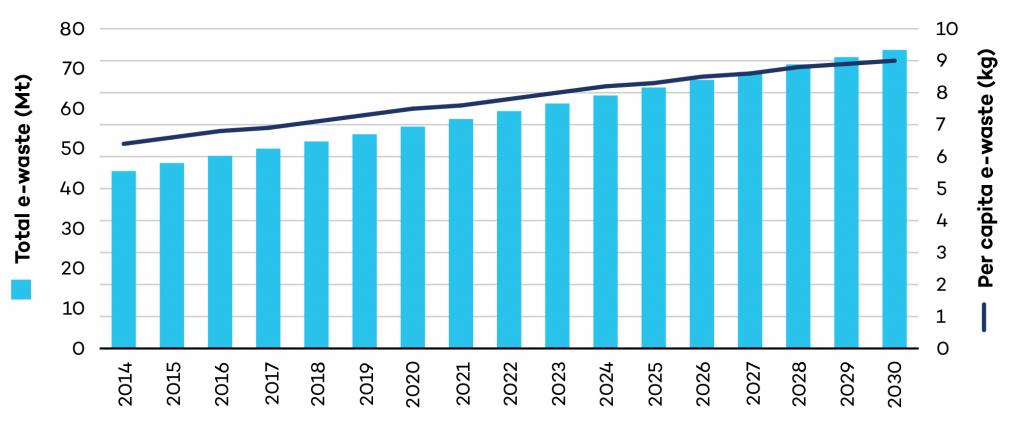
This debate continues on e-waste. E-waste is anything with a battery or a plug—your computer, smartphone, washer, or oven. E-waste can contain dangerous chemicals, either used in the batteries or components, or as flame retardants to protect the equipment. E-waste is the fastest growing waste stream in the world. On average, the total weight of global e-waste consumption increases annually by 2.5 million metric tons (excluding photovoltaic panels). By 2030, current volumes are expected to double (ITU, 2020). As long as there are few repair options and shorter life spans for our electronics, the problem will only increase. (See Figure 1.)
There is enormous regional variation in countries’ ability to manage e-waste. In Europe, there is 16.2 kg of e-waste per person, compared to just 2.5 kg per person in Africa (ITU, 2020). Mountains of e-waste continue to pile up. Ghana now imports around 150,000 tons of second-hand electrical and electronic equipment a year. In the urban area of Agbogbloshie, many work in the digital dumping ground. It provides jobs, but also poses dangers to those in and around the city of 80,000 (Minter, 2016).
The story of e-waste is sometimes presented as a cautionary tale of how the Global North dumps its problems on the Global South. While this narrative can be true of some hazardous wastes, e-waste is more complex. South-South transfers are increasingly common. Ending overconsumption of electronic products in the North will not stop toxic fumes arising from burning e-waste in Agbogbloshie or in other developing countries (Lepawsky, 2018; Minter, 2016).
Even though the Basel Convention’s parties adopted a “provisional” set of guidelines in 2017 to help countries safely manage e-waste and understand the risks, countries still disagree on what is waste and what is a product destined for recycling or reuse.
Of the 53.6 million metric tonnes (Mt) of E-waste generated worldwide in 2019 (up by 21% in just five years), according to the UN’s Global E-waste Monitor of 2020, only an estimated 17.4% are currently collected and recycled.
What Should be Done?
During the negotiation of the Basel Convention, several developing countries called for a ban of all exports from the Global North to the Global South. Other countries—both developed and some developing—wanted fewer restrictions to allow for wastes to move across borders for recycling, recovery, and re-use.
Governments compromised that the Convention would not ban global movements of hazardous waste. It only stipulated that countries should reduce their exports of hazardous wastes, and that international trade is only justified if a country lacks the domestic capacity to manage or safely dispose of the waste. Countries would use the PIC procedure, which represents the heart of the Basel Convention and is based on four key stages (1) notification; (2) consent and issuance of movement document; (3) transboundary movement; and (4) confirmation of disposal.
The PIC procedure was not the preferred option for several developing countries and non-governmental organizations. There were concerns some waste brokers would misrepresent the wastes to importing countries, labelling the wastes as “safe” to gain consent. This “recycling loophole” might allow hazardous waste to be labelled as recycling and dumped in developing countries (Clapp, 2002). There were even concerns fake recycling companies would export waste under the guise of recycling (Kummer, 1995, p. 49).
Efforts continued to close this loophole, while protecting the legal recycling trade. Shortly after the Convention entered into force in 1992, negotiations began on a more stringent way of managing trade of hazardous wastes. The result was the Ban Amendment that would prohibit developed countries from exporting hazardous wastes to developing countries. Adopted in 1994, it took 25 years until it received sufficient ratifications to enter into force in September 2019.
The Ban Amendment is new and untested, but its effect might be muted. Roughly 87% of the global hazardous waste trade is among developed countries (Yang, 2020). The Amendment was also negotiated in the different world of the 1990s, when global trade of hazardous wastes was dominated by North-North and North-South trade. Today, newly industrialized countries, such as India, China, and the Philippines, are importing increasing amounts of hazardous wastes for recycling and recovery from one another (Yang, 2020). Trade among these countries is not affected by the Ban Amendment because they are considered developing countries under the Convention. The Ban Amendment also anticipates that developing countries lack capacity to manage hazardous waste. This was less true today than it was in the 1990s. Regardless of their capacity, export to developing countries from developed countries (e.g., from New Zealand to Singapore) is now banned.
Nevertheless, the Ban Amendment could help protect the most vulnerable countries that lack the capacity to safely manage hazardous wastes. Rather than asking customs officials to parse out what is in a shipment and if it is safe to import, countries would not be able to send the shipment in the first place. The simplicity of the Ban Amendment could be its greatest strength.
Managing Hazardous Waste in the 21st Century
Management of hazardous waste has come a long way. In 1972, unsafe disposal of hazardous waste was common in many developed countries. Dumping in the sea was legal. The mantra was “out of sight, out of mind,” ignoring that the toxic effects would become visible in the future. As human health and the environment suffered, rules emerged within and among countries. Still, 1.3 billion people around the world live in unsafe and unhealthy environments (Bullard 2002).
What can we learn from 50 years of hazardous waste management? What challenges lie ahead?
Hazardous waste management has been dynamic. Parties adapted, creating categories of non-hazardous wastes that are a concern to countries, such as household wastes and plastics. E-waste emerged as an important and challenging area of work. While some of these wastes may not be subject to the PIC procedure, there are now technical guidelines and greater monitoring and reporting than there would be otherwise.
But dynamism is not enough. These steps were taken only after a problem was apparent, and developing countries and activists cried foul. Proactive management that scans the horizon has often been missing. Future waste needs will change. We may need to think of how to safely recycle or dispose of older wind turbines. The energy transition will demand more lithium and cobalt. Capacity to safely manage these waste streams will need to increase.
However, all the guidelines in the world cannot help if countries lack the ability to put them in practice. As we saw with the August 2020 explosion in Beirut caused by a huge stockpile of ammonium nitrate, countries need to have facilities to safely dispose of wastes. Or wastes should be repatriated or transported to countries where environmentally-sound management is possible.
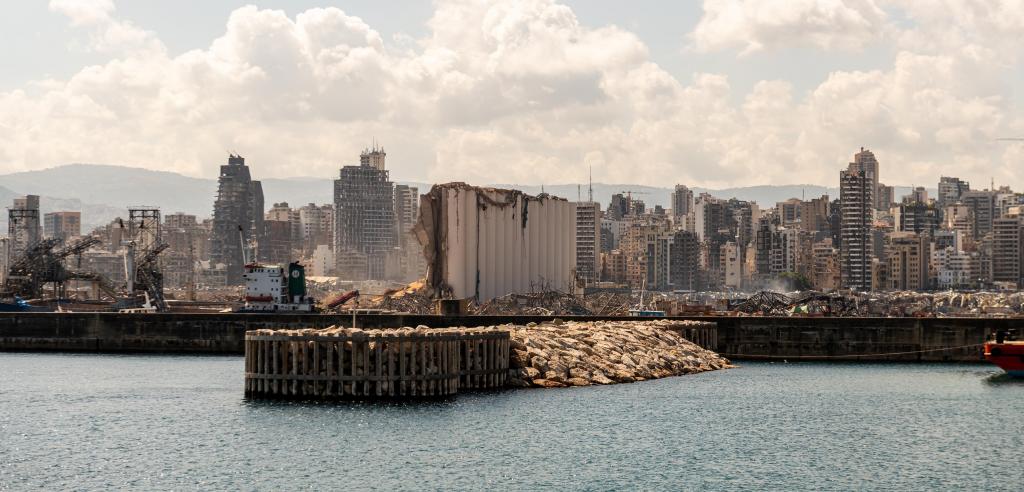
Equity must lie at the core of these efforts. Whether within countries, or in a global supply chain, people of colour are disproportionately affected. The perception of the Global North dumping its dangerous waste on the Global South is powerful because of the deep inequities it invokes. While the statistics show most waste is traded and managed among developed countries, and that South-South trade is increasing, the equity challenge is real and must be confronted. The legitimacy of global governance of hazardous wastes may rest on its ability to protect the most vulnerable.
Works Consulted
Borowy, I. (2019). Hazardous waste: The beginning of international organizations addressing a growing global challenge in the 1970s. Worldwide Waste: Journal of Interdisciplinary Studies, 2(1), p.11. DOI: http://doi.org/10.5334/wwwj.39
Buck, S. (2017). In the 1980s, Italy paid a Nigerian town $100 a month to store toxic waste—and it’s happening again. Timeline. https://timeline.com/koko-nigeria-italy-toxic-waste-159a6487b5aa
Bullard, R. D. (2002). Confronting environmental racism in the twenty-first century. Global Dialogue, 4(1), 34.
Clapp, J. (2002). Seeping through the regulatory cracks. SAIS Review, 22(1), 141-155.
Duncan, R.N. (1973). The 1972 Convention on the Prevention of Marine Pollution by Dumping of Wastes at Sea. Journal of Maritime Law and Commerce, 5, 299.
Gutierrez, J. (2019). Canada agrees to take back waste sent to the Philippines years ago. New York Times. https://www.nytimes.com/2019/05/23/world/asia/philippines-canada-trash.html
International Telecommunications Union. 2020. Global e-waste monitor https://www.itu.int/en/ITU-D/Environment/Pages/Spotlight/Global-Ewaste-Monitor-2020.aspx
Krueger, J. (1998). Prior informed consent and the Basel Convention: The hazards of what isn’t known. The Journal of Environment & Development, 7(2), 115-137.
Kummer, K. (1995). International management of hazardous wastes: The Basel Convention and related legal rules. Oxford University Press.
Lepawsky, J. (2018). Reassembling rubbish: Worlding electronic waste. MIT Press.
Liboiron, M. (2018). Waste colonialism. Discard Studies. https://discardstudies.com/2018/11/01/waste-colonialism/
Minter, A. (2016). The burning truth behind an e-waste dump in Africa. Smithsonian Magazine. https://www.smithsonianmag.com/science-nature/burning-truth-behind-e-waste-dump-africa-180957597/
O’Neill, K. (2019). Waste. John Wiley & Sons.
O’Neill, K. (forthcoming). Of Ships of Doom and Icebergs: Early Perspectives on the Global Hazardous Waste Trade. In Z. Gille & J. Lepawsky, (Eds.), Routledge Handbook of Waste Studies. Routledge.
Selin, H. & Selin, N.E. (2020). Mercury stories: Understanding sustainability through a volatile element. MIT Press.
Vallette, J. and Spalding, S. (1990). The international trade in hazardous wastes: A Greenpeace inventory (5th ed.). Greenpeace International Waste Trade Project.
Yang, S. (2020). Trade for the environment: Transboundary hazardous waste movements after the Basel Convention. Review of Policy Research, 37(5), 713-738.
Additional downloads
You might also be interested in
Doing More with Less: Ensuring Sustainable Consumption and Production
Ensuring sustainable consumption and production patterns has been one of the greatest global challenges over the past fifty years.
Senegal's Big LNG Gamble
This report explores Senegal's nascent liquefied nitrogen gas (LNG) industry by assessing the impacts associated with a new fossil fuel-based industry on the country's environment, economy, and society. It does this by responding to three questions: What have been the impacts of the development of LNG on Senegal to date? Is it viable for Senegal to invest further into an industry that is projected to decline? What risks can Senegal expect should it forge ahead with its LNG development plans?
Web of resilience
Pakistan's development model has still not recognised the limits of the natural environment and the damage it would cause, if violated, to the sustainability of development and to the health and well-being of its population. Pakistan’s environment journey began with Stockholm Declaration in 1972. A delegation led by Nusrat Bhutto represented the country at the Stockholm meeting, resulting in the establishment of the Urban Affairs Division (UAD), the precursor of today’s Ministry of Climate Change. In setting the country’s environmental agenda, we were inspired by the Stockholm Principles, but in reality, we have mostly ignored them for the last five decades.
Pathways to Sustainable Cities
Urban planning needs to be inclusive and responsive to the needs of local communities and build on participatory approaches that foster the engagement of marginalized actors.
